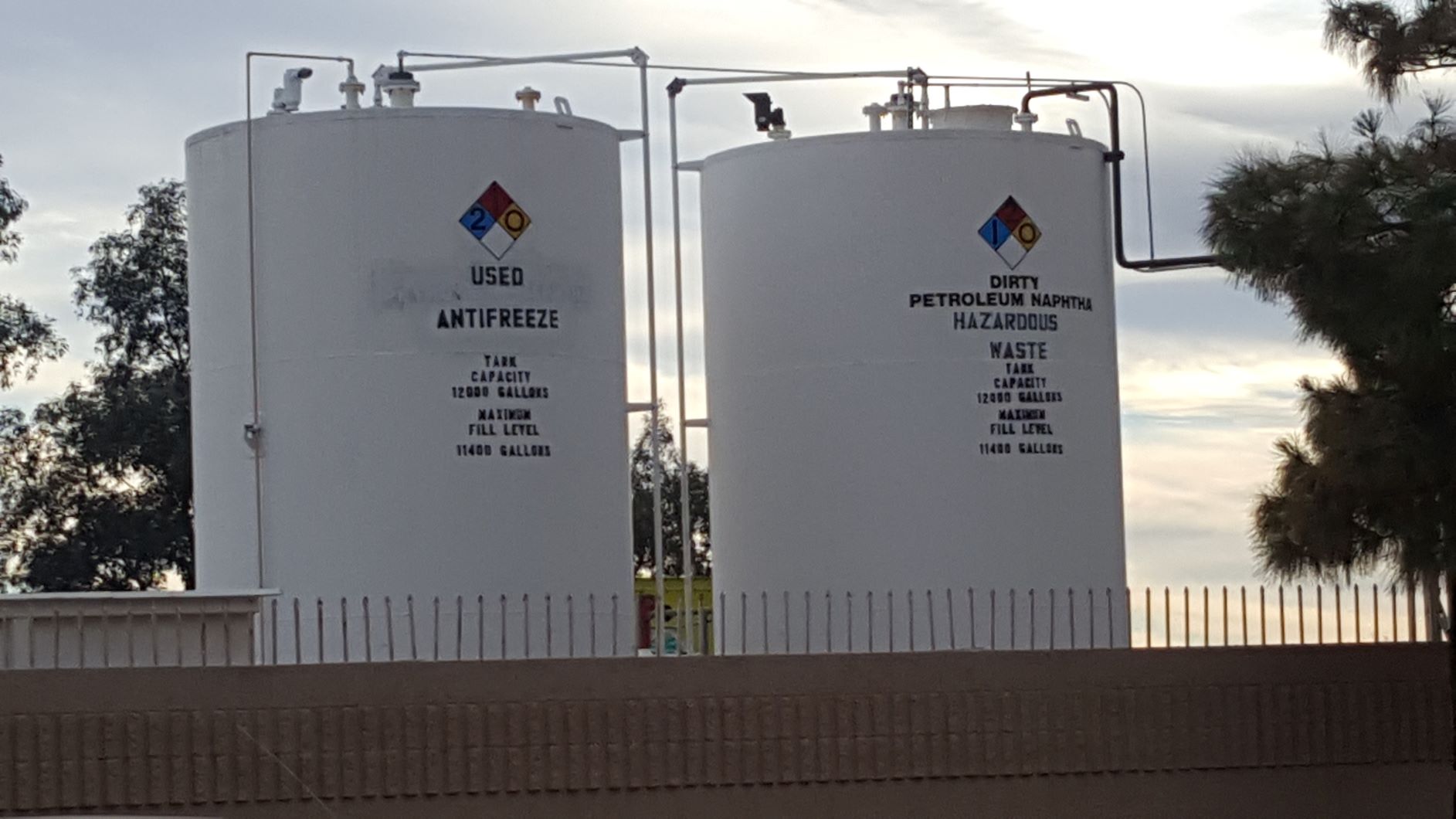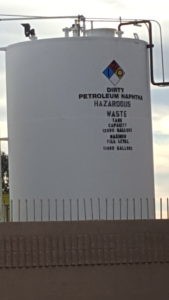From a USEPA guidance document (EPA OSWER Directive 9523.00-10), the following are examples of items that can be considered for inclusion in a typical tank inspection checklist or record:
- Appropriate tank and piping labeling / marking.
- Leaks from tanks, pumps, and inlet/ outlet nozzles or flanges.
- Leaks from or damage to ancillary equipment.
- Seal integrity on manholes, gauge hatches, weather shields, and level gauges.
- High liquid level / overflow.
- Structurally intact with no damage to tank walls.
- Evidence of corrosion, excessive rusting, or damage.
- Overfilling controls operative.
- Secondary containment free of waste, chips, cracks, holes, etc.
- Any sump pump operations.
Contact me with any questions you may have about the generation, identification, management, and disposal of hazardous waste Daniels Training Services, Inc. 815.821.1550 |


